
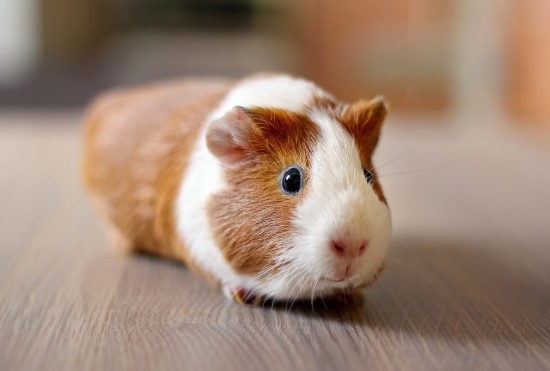
Guinea pigs are a domesticated species (Cavia porcellus), and they are believed to have descended from the wild species Cavia tschudii. Guinea pigs have been kept as pets for thousands of years, and supportive evidence shows them depicted in the art of the Moche people of ancient Peru. Guinea pig statues dating from 500BC-500AD have been unearthed on archaeological digs in Peru and Ecuador. It is believed that guinea pigs were first domesticated in 5000BC. Originally they were kept as a food source, and some are still kept for this purpose in the Andean Highlands, and since the 1960s, efforts have been made to increase consumption outside South America because the meat is protein-rich and low in cholesterol. Guinea pigs have been kept as pets in Western societies since the 16th century when they were introduced by European traders. Guinea pigs are very popular in the UK (as pets; definitely not for eating!) and they are No.8 in the Pet Food Manufacturers’ Association’s list of the Top 10 Pets for 2014 (based on running totals over 2 years). Half a million households in the UK own guinea pigs!
Guinea pigs don’t come from Guinea, they come from the Andes in South America. Their name is thought to originate from Guiana (Guyana) which is a South American country. Another theory is that the animals were imported via Guinea; and also, any far-away/unknown country was often broadly referred to as “Guinea”, so the name may simply reflect the animal’s exotic origin. The “pig” part of the name is likely to be due to their stout build and ability to make some noises that are similar to those of a pig since they belong to the order Rodentia (rodents), not the order Artiodactyla to which pigs belong. Guinea pigs are often referred to as cavies; taken from their species name Cavia porcellus.
Guinea pigs are very vocal, and they can produce many different sounds all of which have different meanings. Some of the most common are:-
* Wheeking – a whistling noise which Guinea Pigs use to express excitement (e.g. at feeding time) or to help locate other Guinea Pigs.
* Purring – a bubbling noise which expresses contentment. A deep purr is employed by the male (boar) when courting.
* Rumbling – a deeper sound used to express dominance, fear or anger.
* Chutting – a noise made during pursuit by the pursuer.
* Whining – an noise made during pursuit by the pursuee.
* Chattering – gnashing of the teeth used to raise a warning.
* Squealing – a high pitched squeak in response to pain or grave danger.
* Chirping – a bird-like noise which may indicate that baby Guinea pigs (pups) want to be fed. It may also be employed when a Guinea pig is stressed.
Guinea pigs cannot manufacture their own vitamin C, so they must obtain it from their diet. Too little vitamin C can result in a potentially fatal condition called scurvy. Symptoms include lethargy, swollen joints, a rough coat, inappetence, weight loss, diarrhoea and more profuse bleeding / slow healing of wounds. To avoid scurvy, it’s really important to provide your Guinea pig with plenty of foods which are rich sources of vitamin C. These include kale, tomatoes, peppers, spinach, broccoli, dandelion leaves, cabbage and orange. Although vitamin C is water soluble and not stored in the body, excessive amounts can result in diarrhoea so make sure your Guinea pig is not over-fed and that different types of fruit and vegetables are rotated.
Guinea pig pups are precocial, which is a developmental strategy whereby the young are relatively mobile and mature from birth. Guinea pig pups are born with a full coat and claws, and are able to open their eyes straight away. They can run 3 within 3 hours, and are able to eat solid food (although they do drink the sow’s milk). After 5 days, they are capable of living independently. Hares share this strategy, but rabbits are altricial; which is the opposite of “precocial” and the young are born helpless.
Guinea pigs love human company and enjoy gentle handling. They also love their own kind, and are happiest living in groups. Females (sows) get on very well with one another, and a neutered male (boar) is usually well tolerated within the group. Groups of boars can be kept together providing there is sufficient space, they have been introduced at a young age and no sows are present. Guinea pigs form close bonds with one another and studies have shown that boars in the company of a bonded female have lower neuroendocrine stress levels than those in the presence of unfamiliar sows. In the wild, Guinea pigs live in herds because there is safety in numbers, but they also enjoy social interaction, grooming one another and communicating with each other. Domestic Guinea pigs living in a group are generally more relaxed and confident, so they often will form closer bonds with their human friends than those living a solitary life. Guinea pigs don’t thrive well if kept with other species. Rabbits can cause injury by kicking, mounting or bullying; and housing Guinea pigs with other smaller rodents such as gerbils can increase the risk of respiratory infection and also the smaller pets are at risk from inadvertent injury even though most Guinea pigs are placid by nature. Guinea pigs prefer to live with other Guinea pigs, and they speak the same language!
Guinea pigs are quite versatile little animals and pretty clever. They are able to learn complex paths to food, and can accurately remember a learned path for months. They are good swimmers, although not all of them enjoy it, so do be careful with them around water. Guinea pigs can be taught all sorts of tricks so long as they are within their physical capability. They are not very agile and can be prone to heat exhaustion so it’s important not to over exert them. They can learn to jump small obstacles, stand up, ring a bell, push a ball, respond to their names and even turn in circles.
The first Guinea pig is space was on board the Russian spacecraft Sputnik 9 which was launched on 9th March 1961. Other animals on the orbital space flight included a dog called Chernushka, mice and reptiles. All of the animals returned alive. Guinea pigs were also amongst the occupants of the Chinese biosatellite FSW-1 3.
Guinea pigs enjoy games, and here are some suggestions to help keep them occupied:-
* Suspended fruit - which the Guinea pig needs to stretch or stand on his hind legs to reach the snack.
* Hide & seek – hide small chunks of food in a box filled with shredded paper.
* Who’s in the box? – cut holes in cardboard boxes for your Guinea pigs to go in and out of (good carpenters can even make wooden boxes which will last much longer).
* Treat balls and toys – there are lots of commercial ones available, or you can make your own.
* Guinea pigs’ tails are invisible but they do have tail vertebrae.
* Guinea pigs can see in colour.
* Guinea pigs produce a milky fluid from their eyes which is used for grooming.
* Guinea pigs have “open rooted “ teeth which means they are continually growing.
* Guinea pigs pass cecotropes, which are different to normal stools and are eaten! They are a valuable source of vitamin B and amino acids, and essential for your Guinea pig’s health.
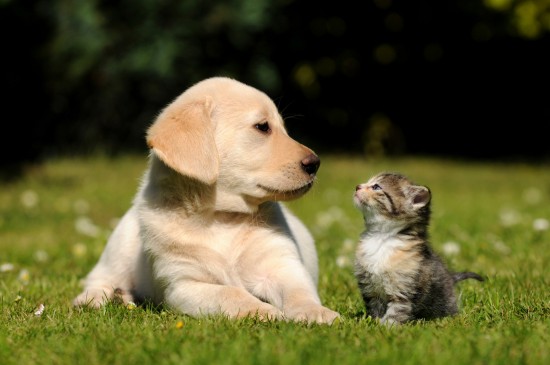 Stopping Your Cat From Bullying Your Dog!
Stopping Your Cat
Stopping Your Cat From Bullying Your Dog!
Stopping Your Cat
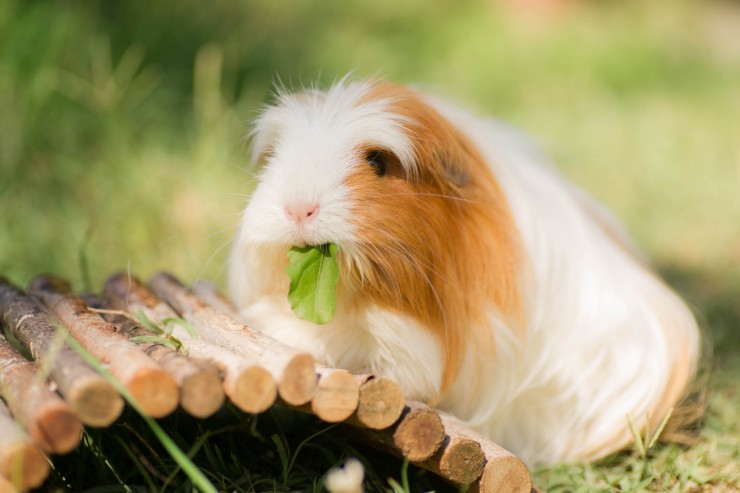 How To Set Up A Great Environment For Your Guinea Pig
How To Set Up A G
How To Set Up A Great Environment For Your Guinea Pig
How To Set Up A G
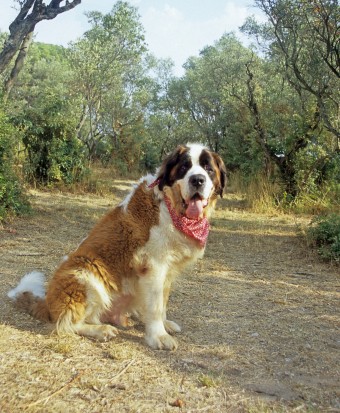 8 Good Reasons Why Adding Olive Oil To A Dogs Diet Works
8 Good Reasons Wh
8 Good Reasons Why Adding Olive Oil To A Dogs Diet Works
8 Good Reasons Wh
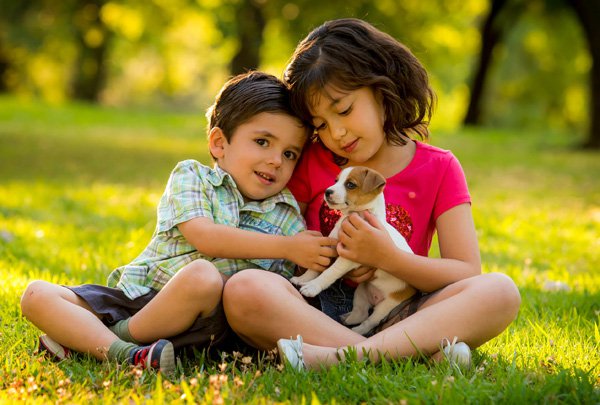 Simple and effective way to getting ESA letter in online
Simple and effective way to getting ESA letter in online
Simple and effective way to getting ESA letter in online
Simple and effective way to getting ESA letter in online
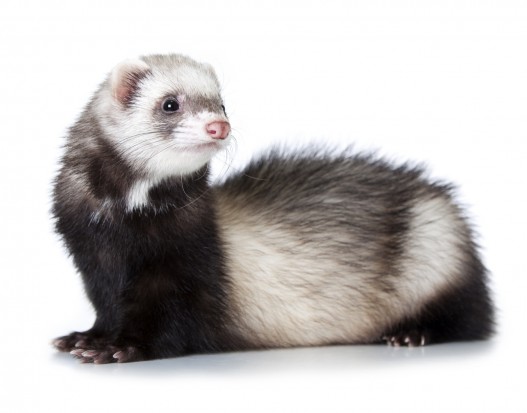 What Is Aleutian Disease In Ferrets?
What Is Aleutian
What Is Aleutian Disease In Ferrets?
What Is Aleutian
Copyright © 2005-2016 Pet Information All Rights Reserved
Contact us: www162date@outlook.com